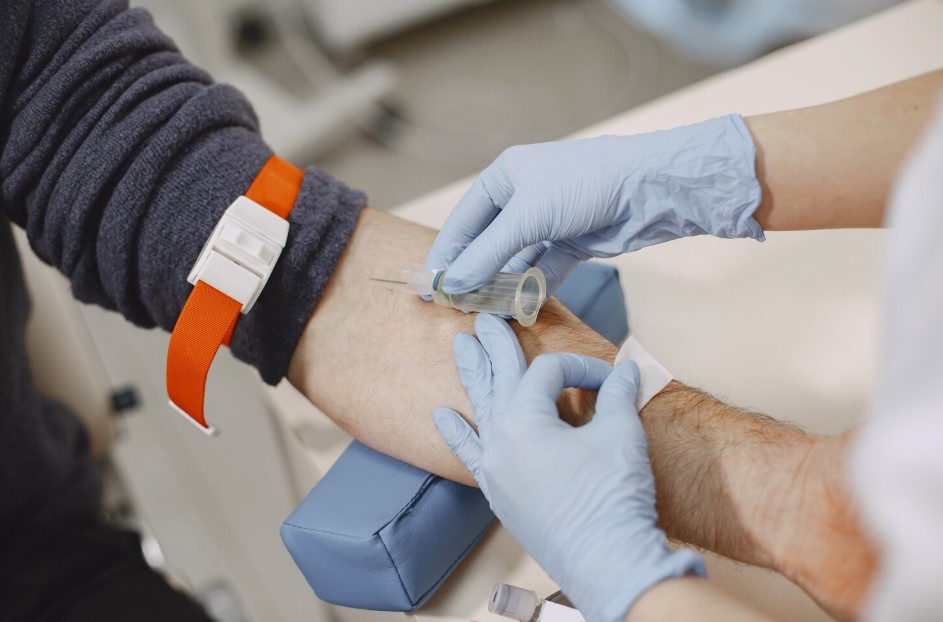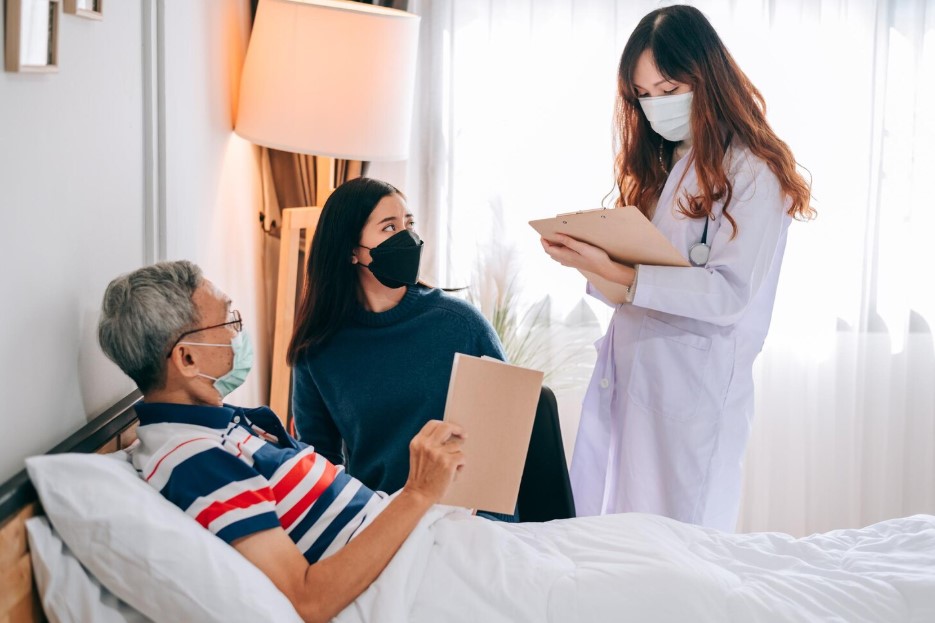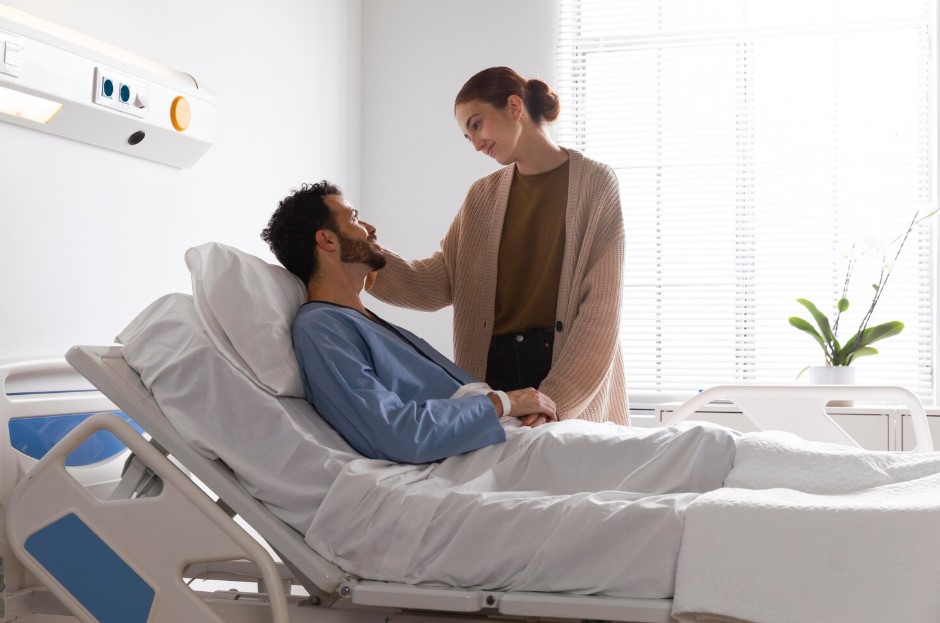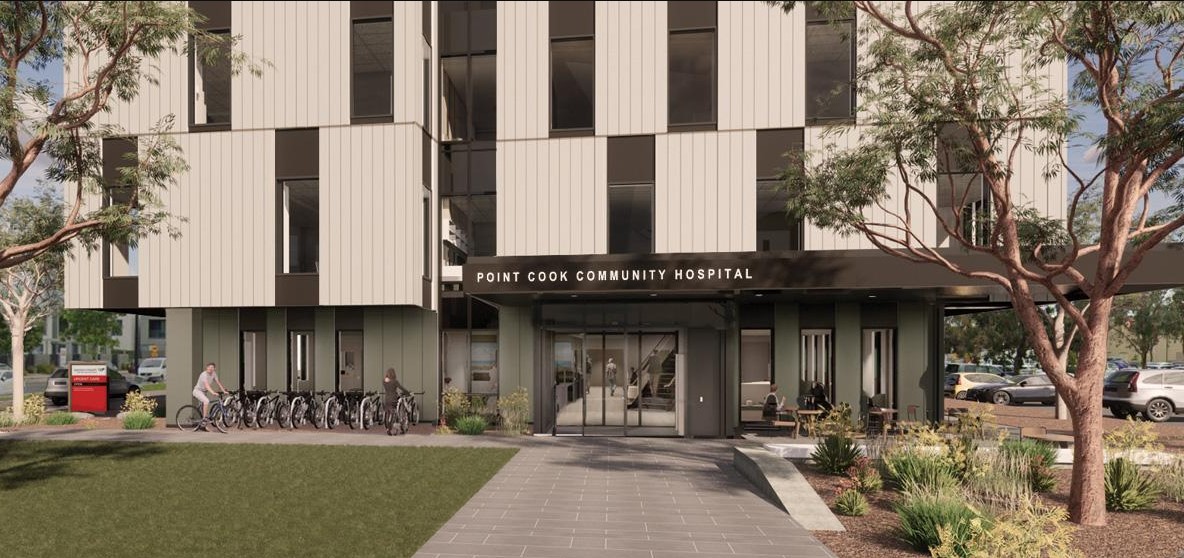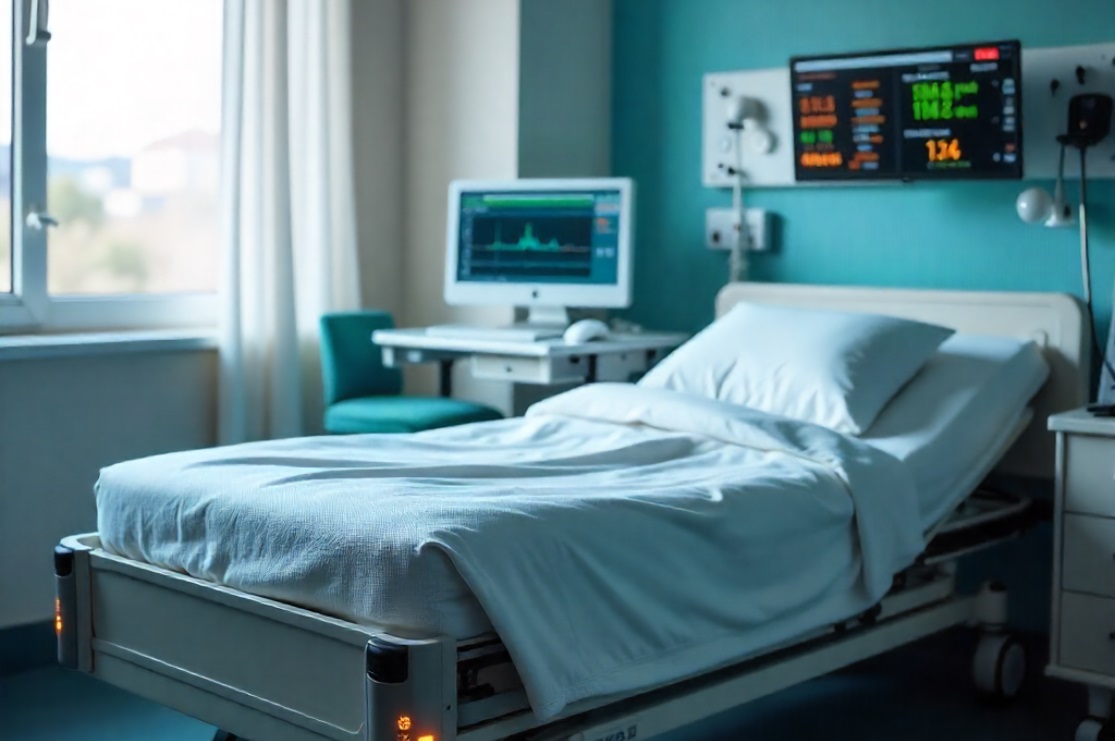25
Sep 2025
Essential Amenities Every Hospital Room Should Have
Published in General on September 25, 2025
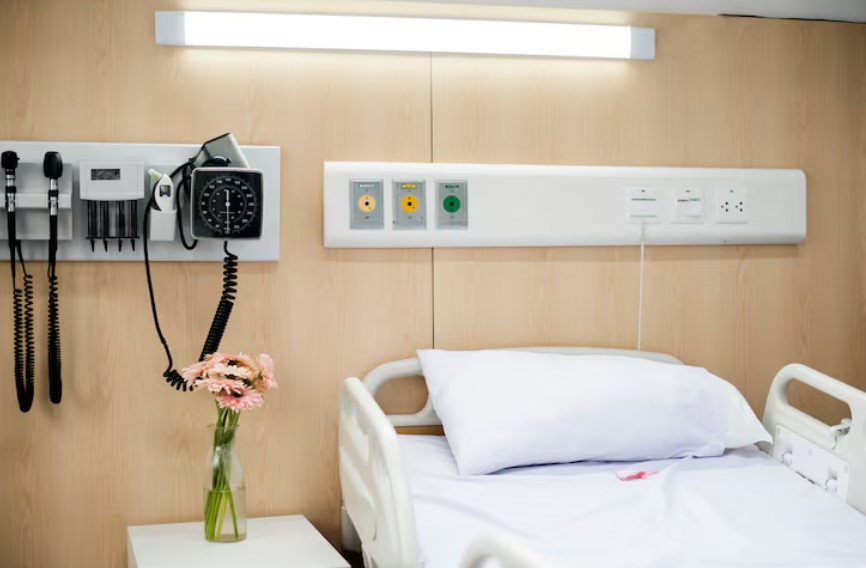
When people think of hospitals, the first things that come to mind are doctors, nurses, and medical equipment. While these are crucial for treatment and recovery, the hospital room environment itself plays a significant role in a patient’s comfort and well-being. A thoughtfully designed room with essential amenities can help reduce stress, improve rest, and support the healing process.
Whether it’s a short stay for observation or a longer admission for treatment, here are the amenities that every hospital room should have to provide comfort, safety, and peace of mind.
1. A Comfortable and Adjustable Bed
The hospital bed is the most important piece of furniture in the room. It should be:
- Adjustable, allowing patients to sit upright or lie flat depending on their needs.
- Equipped with side rails for safety, especially for those with limited mobility.
- Supportive, designed to prevent bedsores during long stays.
A good bed doesn’t just improve comfort—it directly supports patient recovery and safety.
2. Easy Access to a Call Button
Patients should never feel stranded if they need help. A call button within easy reach ensures that assistance from nurses or staff is just a press away. This feature provides reassurance, especially at night or when patients are alone.
3. Clean and Accessible Bathroom Facilities
For dignity and comfort, every hospital room should have:
- A clean, well-maintained bathroom.
- Safety features such as grab bars, non-slip flooring, and emergency pull cords.
- Accessibility options for patients with mobility challenges.
Having these features reduces the risks of accidents and promotes independence where possible.
4. Climate Control (Heating and Cooling)
Room temperature has a direct impact on rest and recovery. Patients who are too hot or too cold may find it harder to sleep, eat, or feel comfortable. An adjustable climate control system allows patients to create a suitable healing environment.
5. Adequate Lighting Options
Good lighting is essential for both medical staff and patients:
- Bright, adjustable lights help doctors and nurses carry out procedures safely.
- Soft or dimmable lighting supports patient relaxation and restful sleep.
- Natural light access, when possible, improves mood and has been shown to promote healing.
6. Storage Space for Personal Belongings
Even during a short hospital stay, patients need space for clothes, toiletries, and personal items. A bedside cabinet or wardrobe helps keep the room organised and gives patients a sense of normalcy.
7. Entertainment and Connectivity
Hospital stays can be long and emotionally challenging. Having access to television, Wi-Fi, or radio provides distraction, comfort, and connection to the outside world. For many patients, being able to video call family or stream favourite shows helps reduce stress and feelings of isolation.
8. Seating for Visitors
Family and friends play a crucial role in emotional support during hospitalisation. Every room should include comfortable chairs or a small sofa where visitors can sit and spend time with patients. Some modern hospitals even provide convertible chairs for overnight stays.
9. Food and Hydration Access
Beyond the hospital meal schedule, having:
- Drinking water within reach, and
- Small provisions like a snack area or fridge (where appropriate)
gives patients more independence and reduces stress. Hydration and nutrition are vital for healing, and easy access makes a big difference.
10. Safety and Cleanliness Essentials
Every hospital room should prioritise hygiene and safety through:
- Hand sanitiser stations or handwashing sinks.
- Regular cleaning schedules.
- Emergency equipment (like oxygen or suction units) is discreetly available if needed.
These not only protect patients from infections but also reassure them that their health is being safeguarded at all times.
Final Thoughts
While advanced technology and skilled medical care are critical, the hospital room itself is part of the healing journey. A space that balances safety, functionality, and comfort allows patients to rest, recover, and feel supported.
By ensuring that every hospital room includes these essential amenities—comfortable beds, accessible bathrooms, lighting, storage, connectivity, and visitor accommodations—hospitals can transform what might otherwise feel like a stressful environment into one that promotes healing and hope.
